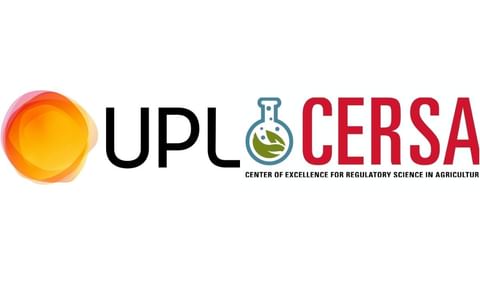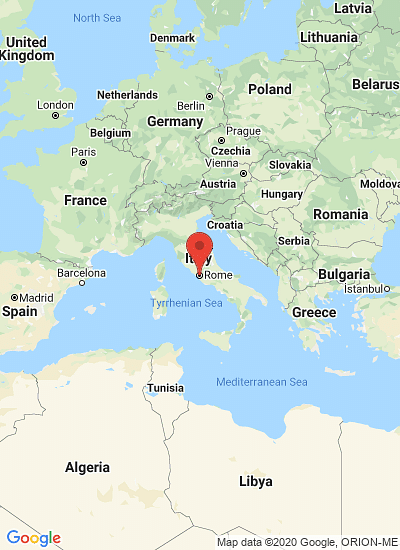The FAO Food Price Index averaged 210 in January 2013, unchanged from the slightly revised December value. Following three months of consecutive declines, the Index stabilized in January, as a rebound in oils/fats prices offset a decline for cereals and sugar. Dairy and meat values remained generally steady.
The FAO Cereal Price Index averaged 247 in January, down nearly 3 points (1.1 percent) from December. The values of the monthly index have been falling since October, mostly on improved crop conditions. The January decline reflects a slide in grain quotations as rice changed little. Large exports of feed wheat have weighed negatively on maize quotations in spite of tight availabilities. As for rice, a slide in japonica quotations was compensated by rises in aromatic prices, with Indica rice values marginally up.
The FAO Oils/Fats Price Index averaged 205 in January, up 9 points (4.4 percent) from December, reversing the declines observed in the last four months. The rebound was mainly driven by palm oil on account of fresh import demand and concerns that abundant rains could disrupt harvesting operations in Southeast Asia. Unfavourable weather conditions in parts of South America, which could negatively affect the soybean crop of both Argentina and Brazil, also lent support.
The FAO Dairy Price Index averaged 198 in January, slightly higher than in December. In recent months, prices have stabilized after having risen from mid-year lows in 2012. Although end- of-season supplies of dairy products in New Zealand are above last year, most have already been placed with buyers. In the European Union, a strengthening of the Euro, combined with high domestic prices, has limited the participation of European suppliers in international markets. Conversely, there has been some reduction in the price of skimmed milk powder from the United States.
The FAO Meat Price Index averaged 176 in January, down marginally from December. Quotations of all meat categories were generally stable, although a slight weakening in poultry and pig meat prices was evident. As a whole, the meat industry continues to be challenged by high feed prices and limited growth in consumption.
The FAO Sugar Price Index averaged 268 in January, down 6 points (2.2 percent) from December. Prices have declined for the third consecutive month, driven by the expectation of a large global production surplus and hefty export availabilities in the 2012/13 marketing season, notably in Brazil and Thailand. Sugar production is also expected to be large in the traditional importing countries, which so far has limited their need to source from international markets.
Source: FAO
- Nieuws
- Aardappelketen
- The FAO Food...
The FAO Food Price Index remaining steady
Inloggen or Inschrijven to use this flag.

februari 07, 2013
Like to receive news like this by email? Join and Subscribe!
NEW! Join Our BlueSky Channel for regular updates!
Uitgelichte Bedrijven
Related News

juni 23, 2025
Robots in Potato Farming: How Technology Helps Growers Overcome Labor Shortages and Boost Productivity
Robots in potato farming help ease labor shortages, cut costs, and boost yields by automating tasks like planting and harvesting. Paired with smart tools like crop monitoring, they improve efficiency, reduce waste, and support sustainable farming.
juni 23, 2025
2025 Fight Against Blight Launches with New Tools to Tackle Evolving Potato Disease Threats
The 2025 Fight Against Blight campaign begins with new tools to track late blight in UK potatoes, warning of evolving fungicide resistance and urging growers to stay vigilant.
juni 23, 2025
Global Mancozeb Summit: Addressing Its Crucial Role in Crop Protection Ahead of EU Court Hearing
UPL Corp and CERSA at NC State University hosted the Global Mancozeb Summit at Rothamsted Research, UK, gathering global experts to discuss mancozeb’s vital role in crop protection as the EU prepares to review its regulatory status.Latest News
Sponsored Content
Sponsored Content
Sponsored Content
Sponsored Content
Waar
Sponsored Content




